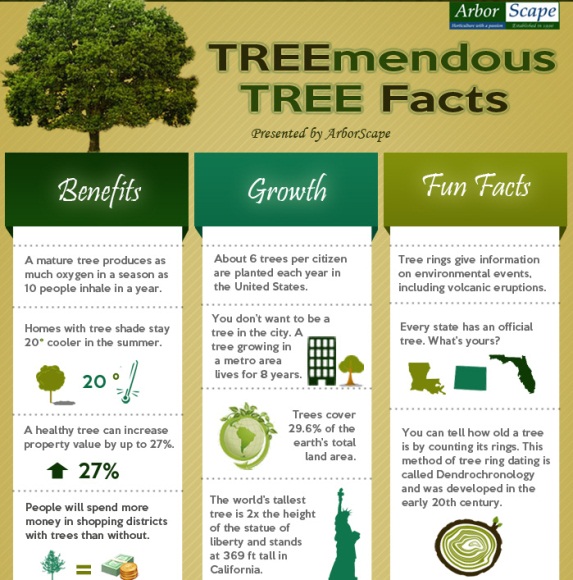If you've ever wondered about the destiny of the trees on your building, understanding when it's time for elimination is critical. But how do you determine if a tree can be conserved or if removal is the only choice? By seeking particular indicators and reviewing safety risks, you can make informed choices that profit both your landscape and your environments. Let's explore the vital factors that come into play when making a decision the destiny of a tree and exactly how you can make sure the most effective end result for your environment-friendly buddies.
Signs of Tree Decline
If you observe any one of the complying with indications of tree decrease in your backyard, it might be time to consider tree removal.
One typical indicator is dead or worn out branches, which can indicate underlying concerns impacting the tree's health and wellness. Keep an eye out for blemished or wilted fallen leaves that linger despite appropriate treatment, as this could be an indicator of illness or pests.
Another warning signal is extreme leaning or a recognizable shift in the tree's base, which might recommend root problems or structural instability. Watch out for fungal development on the trunk or roots, as this can show rot and compromise the tree's security.
Furthermore, if you observe big fractures in the trunk or major limbs, it's critical to attend to these issues immediately to stop possible hazards. Addressing these signs of tree decrease without delay can aid maintain the security and appearances of your backyard atmosphere.
Safety Problems
To ensure the well-being of your home and those around you, prioritizing safety and security worries associated with trees is paramount. Trees can position different safety and security risks if not properly preserved. Dead or worn out branches may fall unexpectedly, endangering people or harmful structures.
Leaning trees can likewise be harmful, specifically if they're leaning towards a building or power lines. In addition, trees with considerable origin systems near foundations or underground utilities can trigger significant damages over time.
It's crucial to routinely inspect your trees for any type of indicators of possible threat. Watch out for cracks in the trunk, big dental caries, or signs of illness and decay. If you notice any one of these problems, it's best to consult with a professional arborist to analyze the situation and figure out the required course of action.
Taking proactive actions to resolve safety problems promptly can protect against crashes and residential or commercial property damage in the future. Keep in mind, the security of your home and those around you ought to constantly be the top priority when it pertains to tree upkeep.
Consulting an Arborist
When thinking about the health and wellness of your trees, getting in touch with an arborist is a vital step. Arborists are trained specialists who specialize in the treatment and upkeep of trees. They can assess the overall wellness of your trees, identify any issues such as diseases or structural troubles, and give expert referrals on the best course of action.
By getting in touch with an arborist, you can obtain beneficial understandings into the condition of your trees and determine whether removal is essential. Arborists have the knowledge and experience to examine the risks connected with keeping a tree versus removing it. simply click the next document can likewise offer support on alternate services, such as trimming, cabling, or supporting, to assist preserve the tree whenever feasible.
In addition, arborists can aid you navigate any kind of local laws or allows that may be required for tree elimination. Their knowledge can ensure that the process is performed securely and in conformity with any suitable laws.
Conclusion
Finally, when figuring out whether trees can be saved or if removal is required, it is essential to take into consideration indications of decrease and safety problems. Consulting an arborist for a complete analysis is crucial in making the very best choice for the tree's wellness and prospective hazards. Bear in mind, proactive care and timely activity can help maintain trees and protect against accidents.
